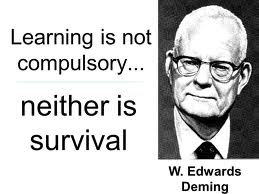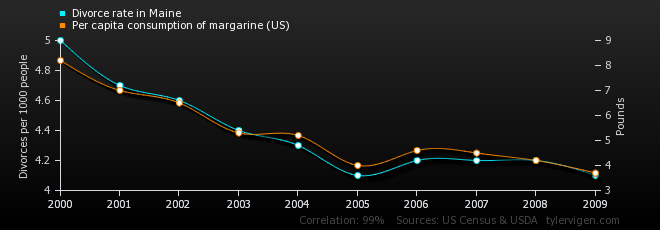Lists are contrived conveyances of information.
And they work. They are quite effective at providing a quick framework to get a complex point across. This post is the beginning of a series of posts that are, specifically, lists. Every one of them will detail a number of points about something of extreme importance to how we work as people, as managers, and as organizations.
I guarantee you this post warning people about the dangers of lists will be the least popular list in the series. People will retweet and like the heck out of the other lists and sort of snicker at this one.
So, let’s quickly examine the limitations of lists as a global caveat to everything I’m about say.
#1 Premature Limitations
The selection and broadcast of a given number of anything prematurely limits the thinking about that thing. This can create the boundaries of thought, stifling future creativity and growth.
#2 The Framing Effect
The presentation or grouping of items in a list gives them weight and authority which directly impacts how you feel about them (positive or negative).
#3 False Linearity
We build an assumption that the lists are ordered and hierarchical. Number One was the most important, number two is less so, and so on. This creates an assumption that there are only nthings and #1 is n time more important than n. This is very dangerous and untrue.
#4 The Urge to Trademark
A list is a thing and we can trademark a thing. We can’t trademark an idea. Once someone comes up with a list like Top Ten Things I Hate About Lists, they can trademark it. Which further solidifies the thinking and removes it from public discourse.
#5 End of the List / End of the Thinking
When you finish reading this list, you will think about the items in this list. Very very few readers will say, “What is missing from this list?” If they do, they will think the list is “wrong”. It’s not wrong, it’s a list. There’s other stuff not in the list.
#6 Dogma
Lists are finite, ownable, and knowable. They quickly become dogma. “You can’t do that, it’s not in the list!” Certifications or ordinations of ministers of the dogma soon follow.
#7 Arbitrary Small Numbers Sell
I’m writing this and you are reading it because 10 is a small, easily digested number. You will buy it, you will pass it along. Why? Because limiting thought is actually useful and practical. They question is ... will you give in to the idea that 10 is really all there is? Or will you try to discover #11 or #12 or #13?
#8 Simple Stories
The packaging of ideas into a simple and apparently linear story builds cognitive ease. To read this article, you didn’t have to study about cybernetics, cognitive bias, or how we process information. You were able to take the results of that learning by others and see some results. Lists should always invite further inquiry, not attempt final definitions - but they read to the mind like final definitions because simple stories appear to be complete.
#9 Confirmation Bias
We ingest information according to our own world view. Numeric lists appear to be scientific and complete, but they are always vague. While this vagueness can spawn creativity, it most often is plugged into the worldview of the reader or listener. They take that information and interpret it in a way that confirms something or some things they already believed.
#10 Essentialism Without Expansion
Lists begin with the assumption that complex ideas can be boiled down to their essence - a short list of characteristics that will adequately explain away nuance and variation. As is apparent, nuance and variation are important elements in all of nature. Everything evolves, everything decays. Lists promote an essential view of things that deny us the luxury of future expansion.
Having said all of that, I am about to embark on an extended exercise of listing things. I invite everyone who reads any of the posts to add or revise any part of that list that they wish.
No list is sacred, every list is a platform.
So tell me, what’s #11?












 Work is either not scary at all, kind of scary (but in a way you can shoot it), and scary in a way that you’re just unequipped to handle. Or, as we might call them, Poodle, Crocodile, and Zombie.
Work is either not scary at all, kind of scary (but in a way you can shoot it), and scary in a way that you’re just unequipped to handle. Or, as we might call them, Poodle, Crocodile, and Zombie.





